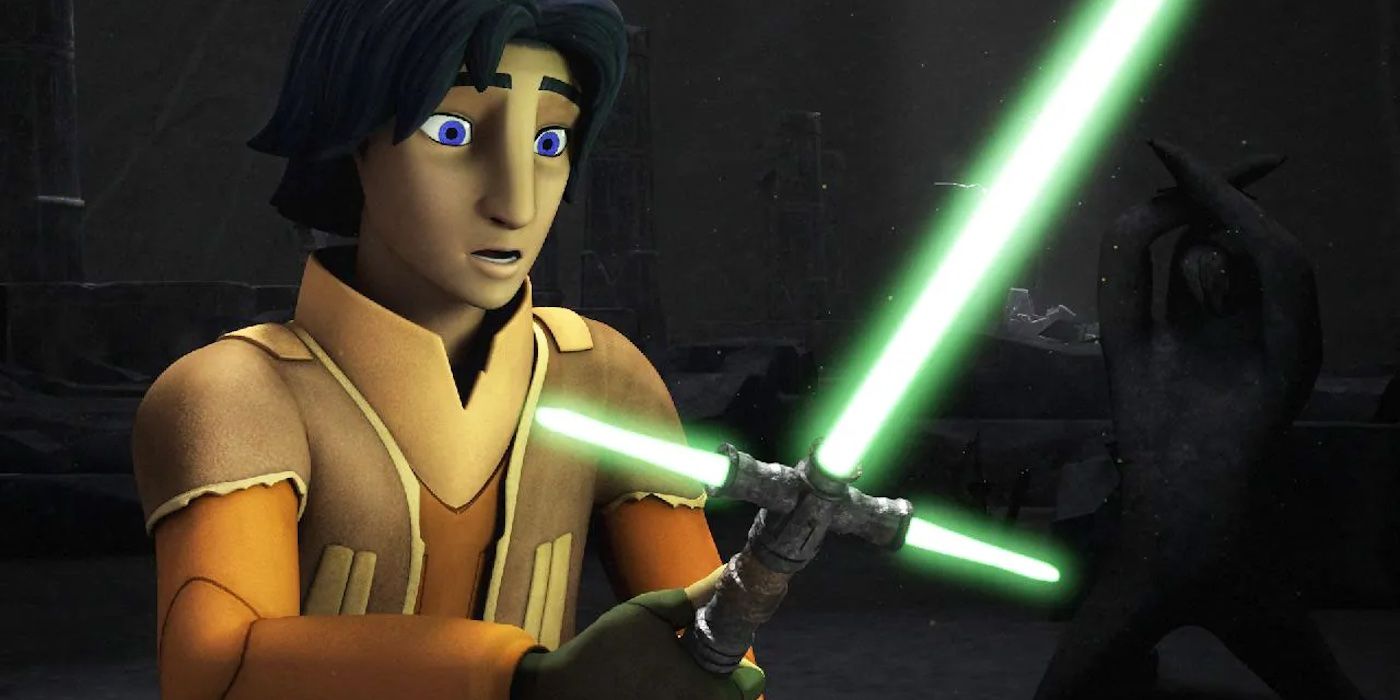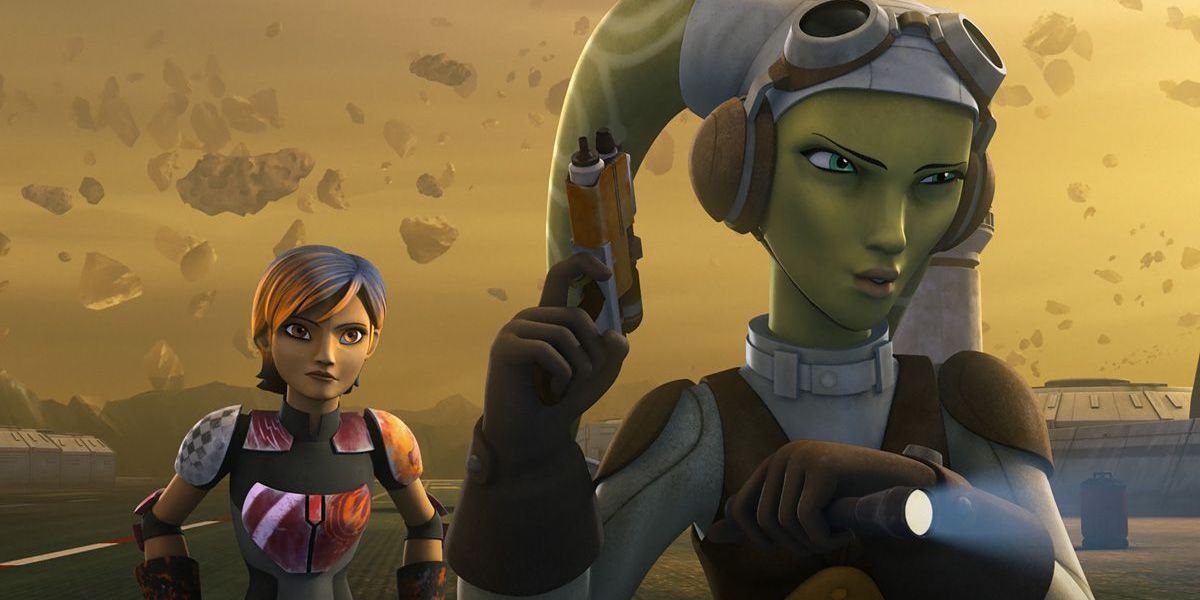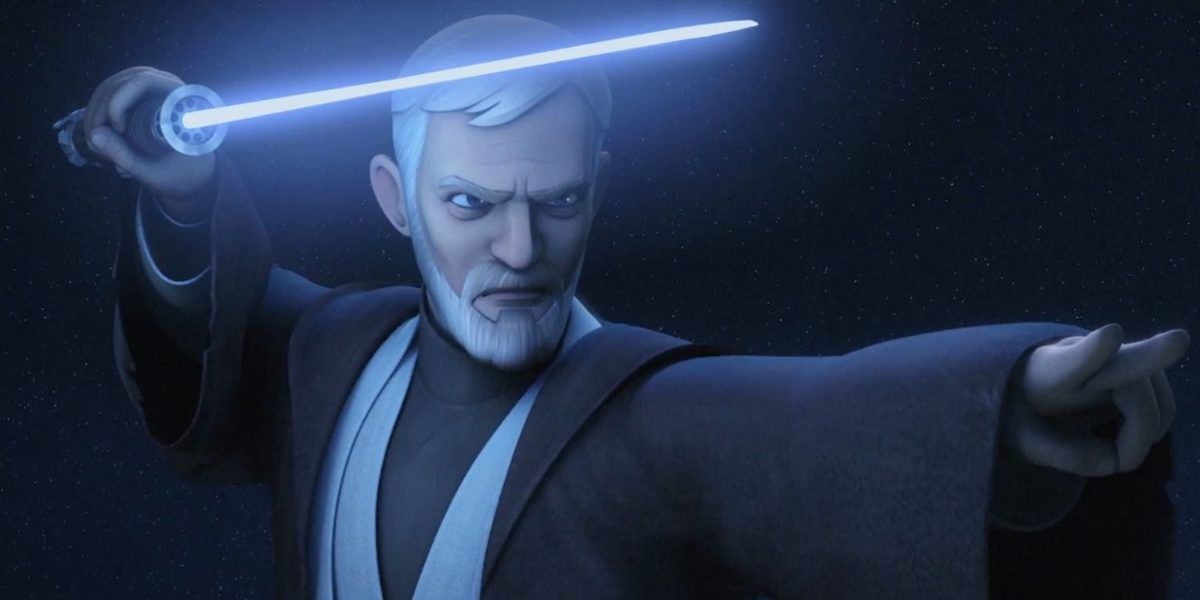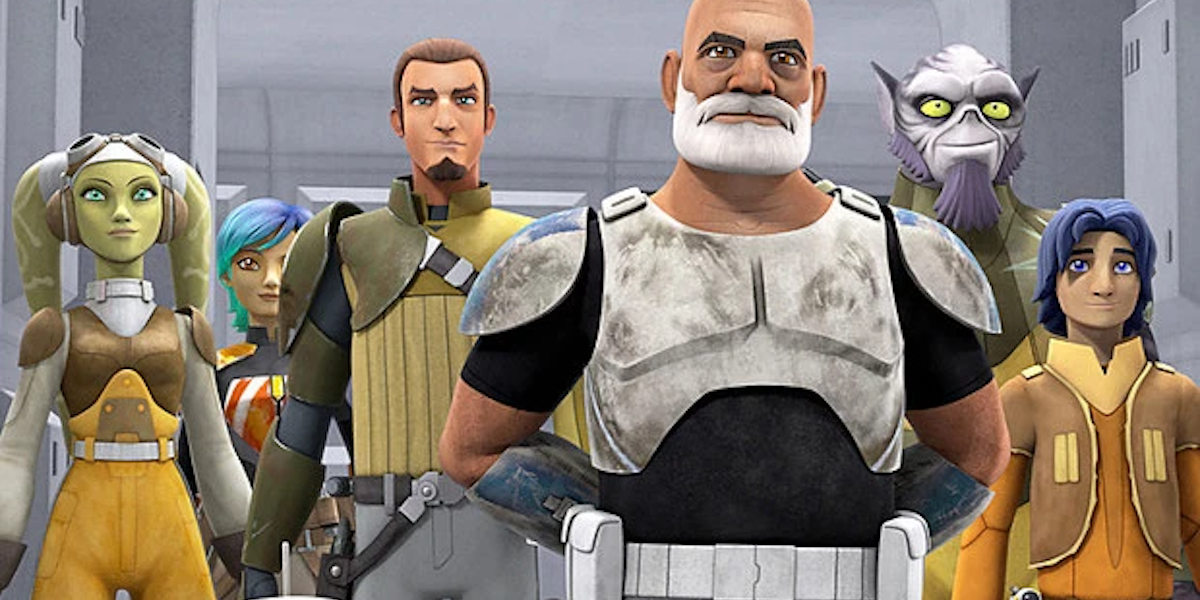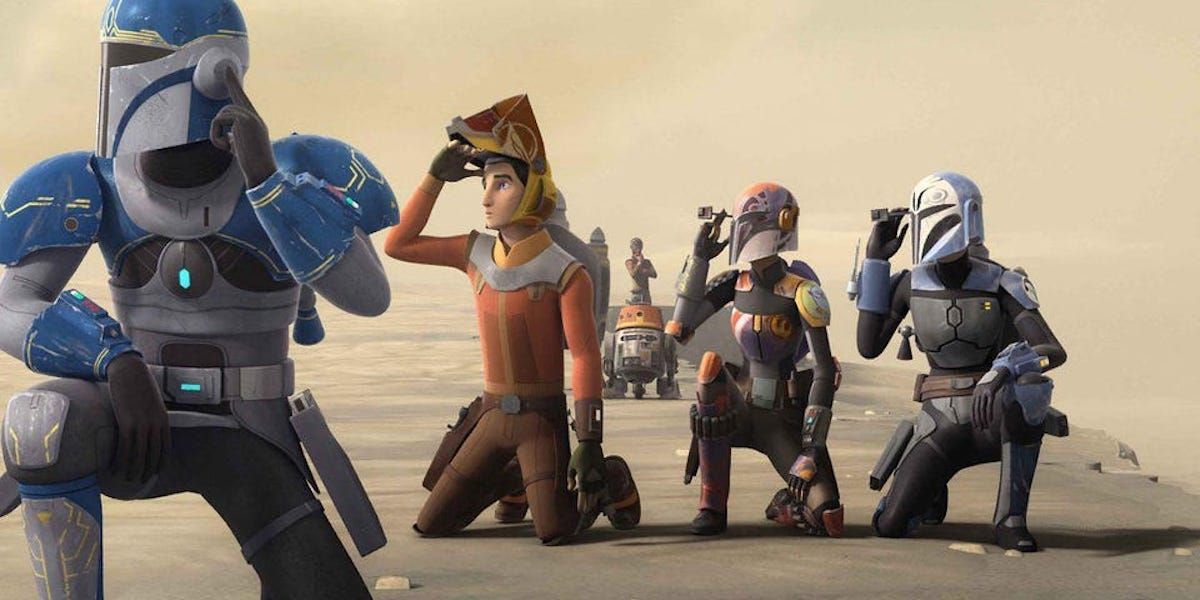After Star Wars: The Clone Wars was abruptly taken off air in 2013, Lucasfilm animation began developing another animated series set during the period between the ending of Star Wars: Episode III- Revenge of the Sith and the beginning of Star Wars: Episode IV- A New Hope. Fans were more than a little apprehensive. Not only did The Clone Wars have a loyal fanbase that wanted to see its proper conclusion, but Star Wars: Rebels seemed more kid-friendly. Between the slightly different animation style and the fact that it would air on Disney XD, many viewers were skeptical that Rebels would be able to capture the essence of the Imperial era.
However, Rebels grew into one of the most beloved additions to the recent canon, and like The Clone Wars, it introduced new characters that steadily became fan favorites. However, Rebels did not take on The Clone Wars’s anthology approach. It told a more focused story about one sect of rebels that joins the larger Alliance. The teenage con artist Ezra Brdger (Taylor Gray) is recruited by the crew of the ship Ghost, led by the Jedi Knight Kanan Jarrus (Freddie Prince Jr.), the Twi’lek pilot Hera Syndulla (Vanessa Marshall), the Lasat warrior Zeb Orrelios (Steven Blum), the Mandalorian warrior Sabine Wren (Tiya Sinclair), and the quirky astromech droid “Chopper.”
Like its predecessor, Rebels was mostly consistent in terms of quality. However, due to the fact that the seasons told more connected storylines, there was a definitive arch to the show’s high and low points. Here are all four seasons of Star Wars: Rebels, ranked worst to best.
4. Season 1
Not to keep comparing Rebels to The Clone Wars, but both shows started off in a more family-friendly direction. It's a little unfair to compare the first thirteen episodes to the rest of the series; these early installments had to introduce the new cast, as it didn’t feature established characters outside of cameos. Rebels hit all the right notes early on. Ezra’s Jedi training with Kanan gave the series a direction, the Inquisitor (Jason Isaacs) was a memorable villain, and the new planet Lothal gave the series a recurring location to return to.
While the television special Spark of Rebellion served as a great way to launch the series (and a much better introduction than the disastrous The Clone Wars theatrical film had been), many of the subsequent episodes told simpler stories that could easily be wrapped up in 22 minutes. The Ghost crew meets R2-D2 and C-3PO, Zeb and Ezra steal a TIE Fighter, the Rebels disrupt an Imperial celebration, and Lando Calrissian shows up, with guest star Billy Dee Williams. These aren’t bad episodes, but they’re not particularly ambitious either. Thankfully, the series got more gripping towards the ending, as it paved the way towards the future by introducing the larger Rebel Alliance and some legacy The Clone Wars characters.
3. Season 3
If Season 1 suffered from not being ambitious enough, then Season 3 may have tried to put too much on its plate. It’s a bit of a messy season that wasn’t entirely sure where its focus lay. One of the biggest hindrances was the reintroduction of Darth Maul (Sam Witwer), who had first shown up in the two-part Season 2 conclusion “Twilight of the Apprentice.” Although he was a perfect wrinkle to add to The Clone Wars, Maul didn’t really belong on Rebels. His conflict was really with characters like Obi-Wan, Sidious, and Vader, none of whom played a central role in the Rebels storyline. Maul’s death in “Twin Suns” felt like an underwhelming conclusion to his arc considering how significant his revival in The Clone Wars felt.
Maul was also be tacked on to a story that included the uprising of Mandalore, the creation of an Imperial factory, the emergence of Saw Gerrera, the building of the larger alliance, and the espionage of the traitorous Imperial officer Agent Kallus (David Oyelowo). In particular, the attempts to introduce Ezra’s temptations with the dark side felt very abrupt; they played out more like teenage angst than anything else. There was a lot going on, and the season felt less focused. However, the season did benefit from the addition of the Expanded Universe villain Grand Admiral Thrawn (Lars Mikkelsen). Thrawn was a great threat who brought all the heroes together for a memorable battle in the two-part season finale “Zero Hour.”
2. Season 2
Season 2 was the perfect stepping stone after the more straightforward first season. At this point, the Ghost crew had been well-established, and they were given an interesting dilemma. They’re forced to communicate with the larger Rebel Alliance, but don’t entirely understand their motivations or how they’re contributing to the war against the Galactic Empire. The season explored the complexity of both the Rebel and Imperial infrastructures. In one of the best episodes of the entire series, Zeb and Agent Kallus are stranded together and forced to team up to survive in a story seemingly inspired by The Defiant Ones. It allowed both characters to develop beyond their broad depiction in Season 1.
Season 2 also featured a lot of connections to The Clone Wars, continuing the storylines that hadn’t been wrapped up in the sister series. While these elements provided fun winks to fans of the previous series, they didn’t detract from the Ghost crew or steal their spotlight. Clone Captain Rex (Dee Bradley Baker) was a good perspective to add to the crew’s dynamic, as his military experience came in handy. The return of Ahsoka Tano (Ashley Eckstein) after her reveal at the end of the first season was a great way to explore Kanan’s anxieties; he feels that he wasn’t prepared to be Ezra’s teacher, and questions what the role of the Jedi will be in the war.
1. Season 4
Rebels benefited from having a serialized storyline from the very beginning, and Season 4 fulfilled all of the goals that the series set out to do. Without feeling overburdened by everything that had been introduced in the third season, the final installment managed to tie in the Mandalorian Civil War, the freedom fighters of Ryloth, Thrawn’s weapons factory, and the new Rebel initiates into the same central narrative. The entire season was centered on the rebels’ efforts to free Lothal. It brought the series back to where it began, as the Ghost crew was fighting for their home.
The introduction of Thrawn in the previous season had given the show one villain as a lynchpin, instead of toggling between Vader, Kallus, Takin, and various Inquisitors. A majority of the season takes place while the characters are undercover on Lothal, and it's both suspenseful and emotional. Ezra and Kanan deepen their knowledge of the force in some of the more spiritual episodes. The Season Finale “Family Reunion — and Farewell” completed all the characters’ stories ahead of A New Hope, but hinted at the possibility of their return in another project.

